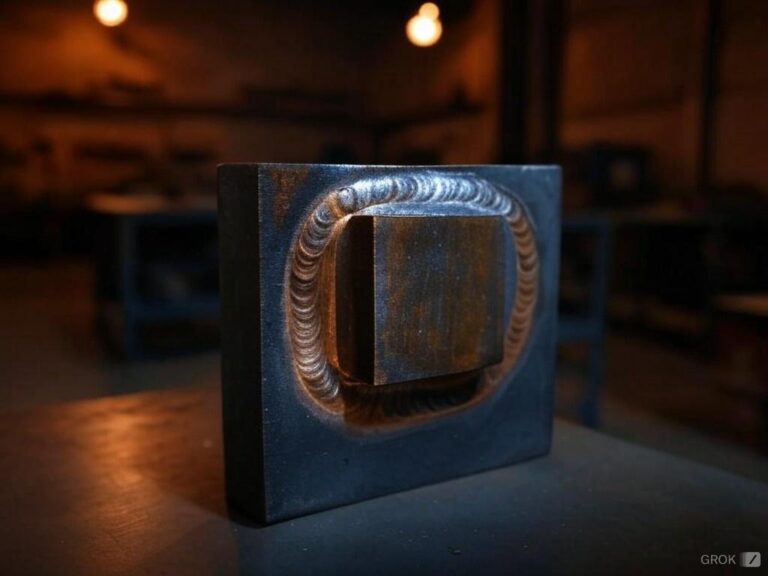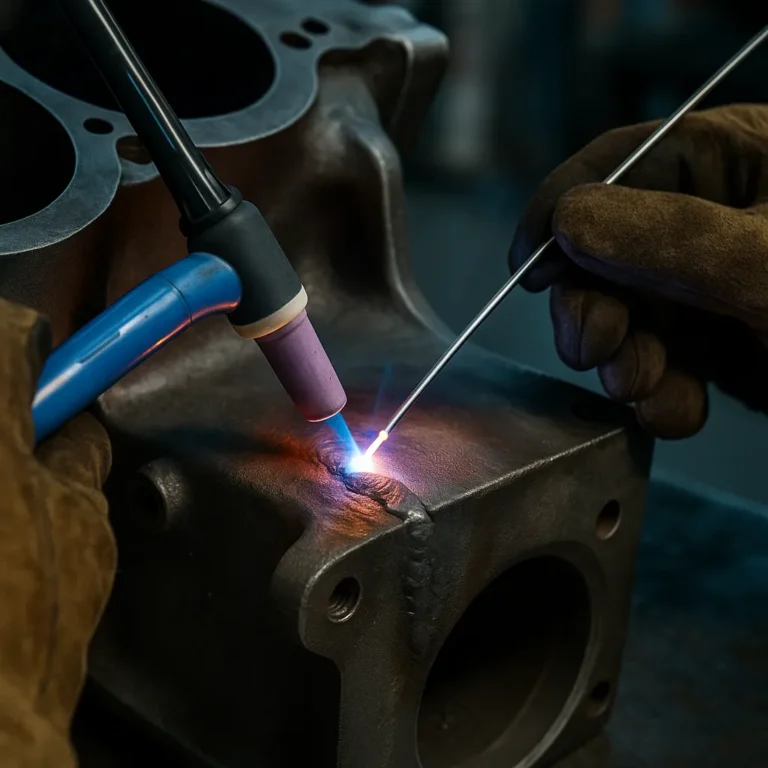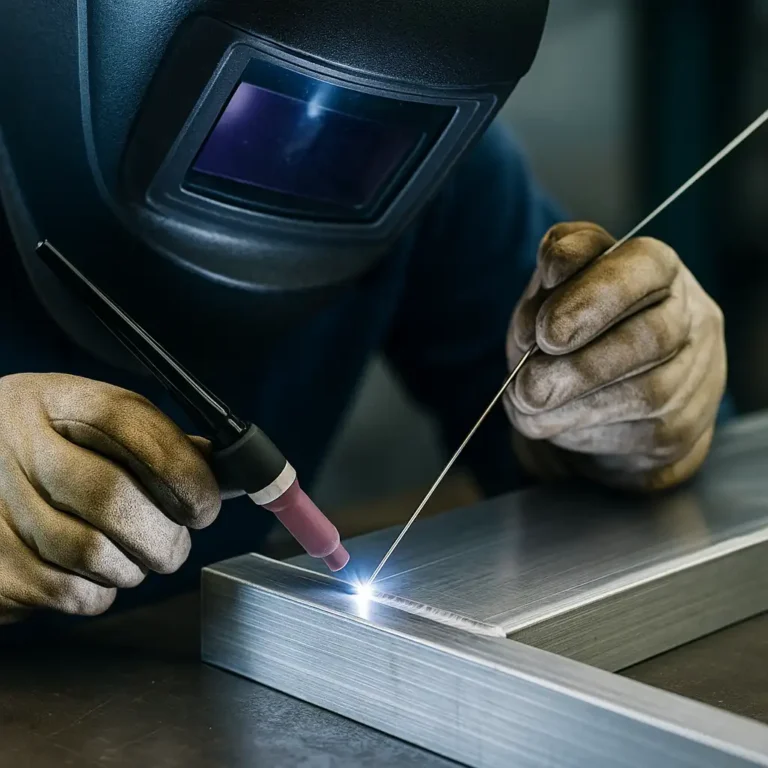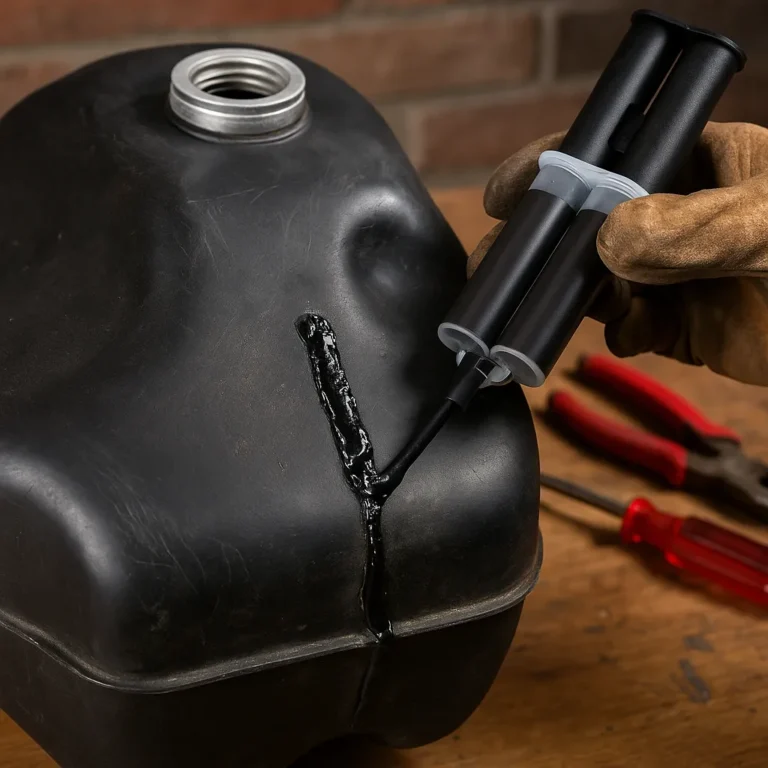Can You Weld a Cracked Engine Block Without Replacing It?
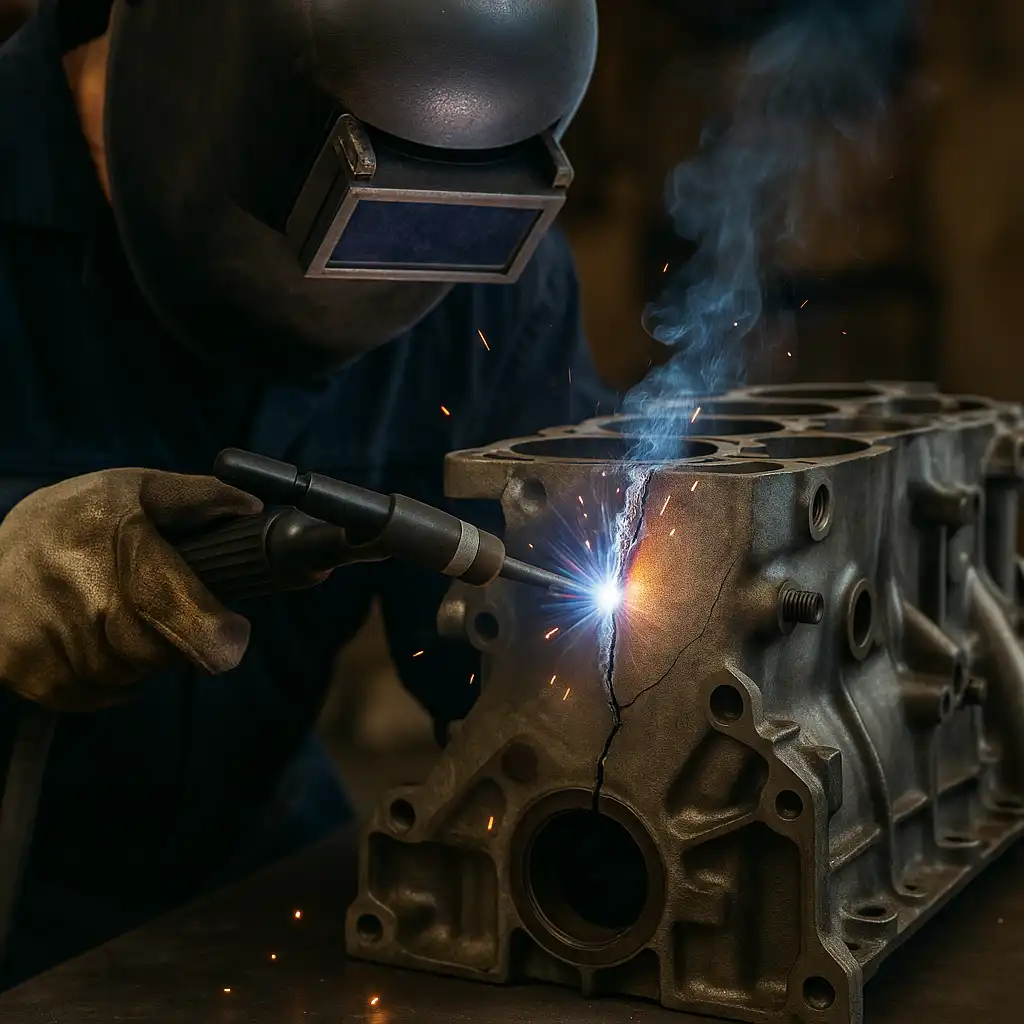
A cracked engine block can be one of the most alarming issues for any vehicle owner or mechanic, but welding it might offer a second chance. Before deciding whether to repair or replace a damaged engine block, it’s important to understand the feasibility, risks, and methods involved in welding it.
What Causes an Engine Block to Crack?
Engine blocks can crack due to overheating, freezing temperatures, or severe mechanical stress. Lack of coolant, poor maintenance, or sudden temperature shifts can lead to thermal expansion that exceeds the block’s tolerance, resulting in fractures—often in cast iron or aluminum.
Is Welding a Cracked Engine Block Possible?
Yes, welding a cracked engine block is possible, but success depends on several factors. The material of the block, the size and location of the crack, and your level of expertise all play crucial roles. Cast iron blocks, which are common in older vehicles and heavy-duty machines, are notoriously challenging but repairable with the right technique. Aluminum blocks, while easier to weld, require careful preparation and the correct filler rod.
Common Welding Methods for Engine Block Repair
Stitch Welding (Lock and Stitch Method)
This is a mechanical repair method, not a fusion weld. It involves drilling out the crack and inserting overlapping metal pins to close and reinforce the area. It’s often chosen when heat distortion from welding is a concern.
MIG or TIG Welding
Both MIG and TIG can be used to weld engine blocks, especially aluminum ones. TIG welding is preferred for its precision, especially with thin cracks and complex angles. Proper preheating (up to 500°F for cast iron) and slow cooling are essential to prevent further cracking due to thermal stress.
Nickel Rod Stick Welding
For cast iron engine blocks, using a high-nickel stick electrode like ENiFe-CI or ENi-CI can offer better results. These rods are designed to reduce brittleness and maintain structural integrity after the weld.
Preparation and Precautions
Before welding, the engine block must be completely cleaned, degreased, and free from oil or coolant residues. Grinding or beveling the crack to expose clean metal is necessary for full penetration. Preheating the entire block and maintaining even temperatures across the surface reduces the chances of new cracks forming during the weld.
Cooling must be gradual. Some welders insulate the block post-repair or bury it in sand to allow for a slow cooldown and minimize stress.
When Welding Isn’t the Best Option
Welding might not be recommended if the crack runs through multiple cylinders, coolant jackets, or main bearing journals. In such cases, the repair may be temporary or fail under pressure. Replacement becomes a more reliable and cost-effective solution.
Conclusion
Welding a cracked engine block is possible and can save both time and money, but it requires the right materials, tools, and experience. For small cracks and non-critical areas, welding may restore the block’s integrity and function. For severe damage, it’s essential to assess whether the repair is worth the risk or if replacement is the safer route.

